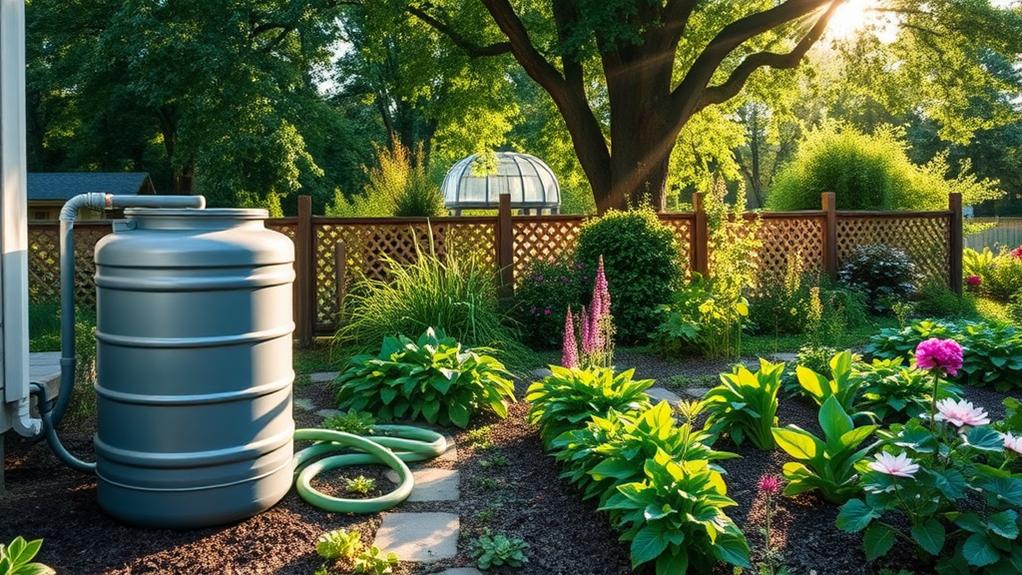If you think your home could practically drown in wasted water, you're not alone. Grey water recycling can transform your household's approach to sustainability, but it requires careful planning and execution. You need to identify your water sources first, but that's just the beginning. Once you've done that, the next steps involve selecting the right system for your needs and ensuring it runs smoothly over time. Curious about how to navigate these essential steps effectively?
Assess Your Water Sources
To effectively recycle grey water, you first need to assess your water sources.
Take a good look at where your grey water is coming from, like sinks, showers, and laundry. Each of these sources generates different types of contaminants, which can affect how you'll reuse the water. For instance, laundry water might've detergents, while shower water could contain soap and hair.
Next, consider the volume of grey water you produce.
Note how much you generate daily or weekly; this'll help you determine if recycling is feasible for your household. You'll want to verify you have enough water to make the effort worthwhile and to support your plants or lawn effectively.
Additionally, pay attention to the quality of the water.
If you use harsh chemicals for cleaning, it's vital to rethink their use if you plan to recycle. You don't want to harm your garden or grass.
Choose the Right System
Selecting the right system for grey water recycling is vital for maximizing efficiency and effectiveness. Start by evaluating your specific needs and the types of grey water you'll be recycling. Common sources include laundry, sinks, and showers. Each source may require different treatment methods, so knowing what you'll be using is essential.
Next, consider the scale of your project. For smaller homes, a simple diverter system might suffice, allowing you to redirect water from your washing machine or sink directly to your garden. If you have a larger household or need more advanced filtration, you might need a more complex system that includes a storage tank and filtration unit.
Additionally, check local regulations regarding grey water systems. Some areas have specific requirements or restrictions that could influence your choice. Confirm your system complies with these guidelines to avoid future complications.
Lastly, think about maintenance. Some systems require more upkeep than others. Choose one that fits not only your grey water needs but also your lifestyle.
Maintain Your Grey Water Setup
Once you've chosen the right grey water system for your home, maintaining it properly guarantees it operates efficiently and lasts longer.
Start by regularly inspecting the system for any leaks or blockages. Make it a habit to check pipes, filters, and storage tanks for signs of wear or buildup.
Next, clean the filters and screens to prevent clogs. Depending on your usage, you might need to do this weekly or monthly.
Also, keep an eye on the water quality; if it starts to smell or change color, it could indicate a problem that needs addressing.
You'll also want to monitor the plants receiving the grey water. If they show signs of stress or poor growth, it may be time to adjust your system or change the water source.
Conclusion
By embracing grey water recycling, you're planting seeds for a greener future. Just like a gardener nurtures each sprout, you'll assess your water sources, choose the right system, and maintain it with care. Picture your home as a thriving ecosystem, where every drop counts and blossoms into vibrant life. As you cultivate this sustainable practice, watch your efforts flourish, turning wasted water into a rejuvenating stream that nourishes both your plants and the planet.











